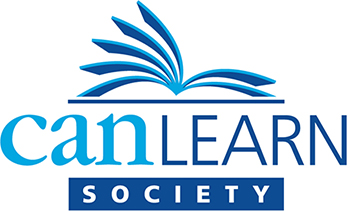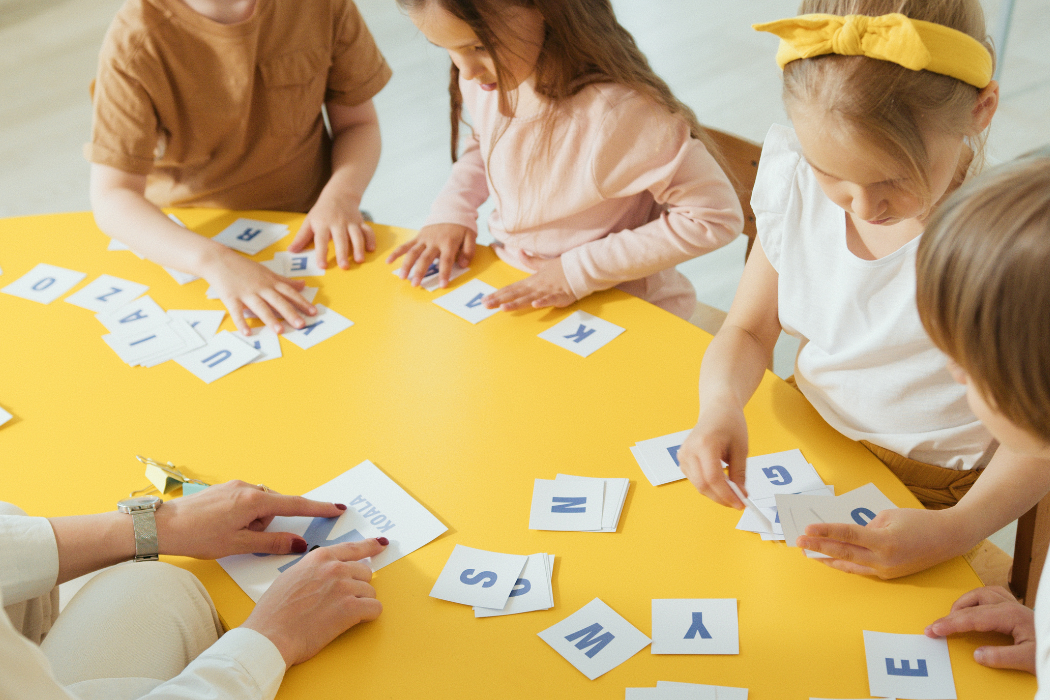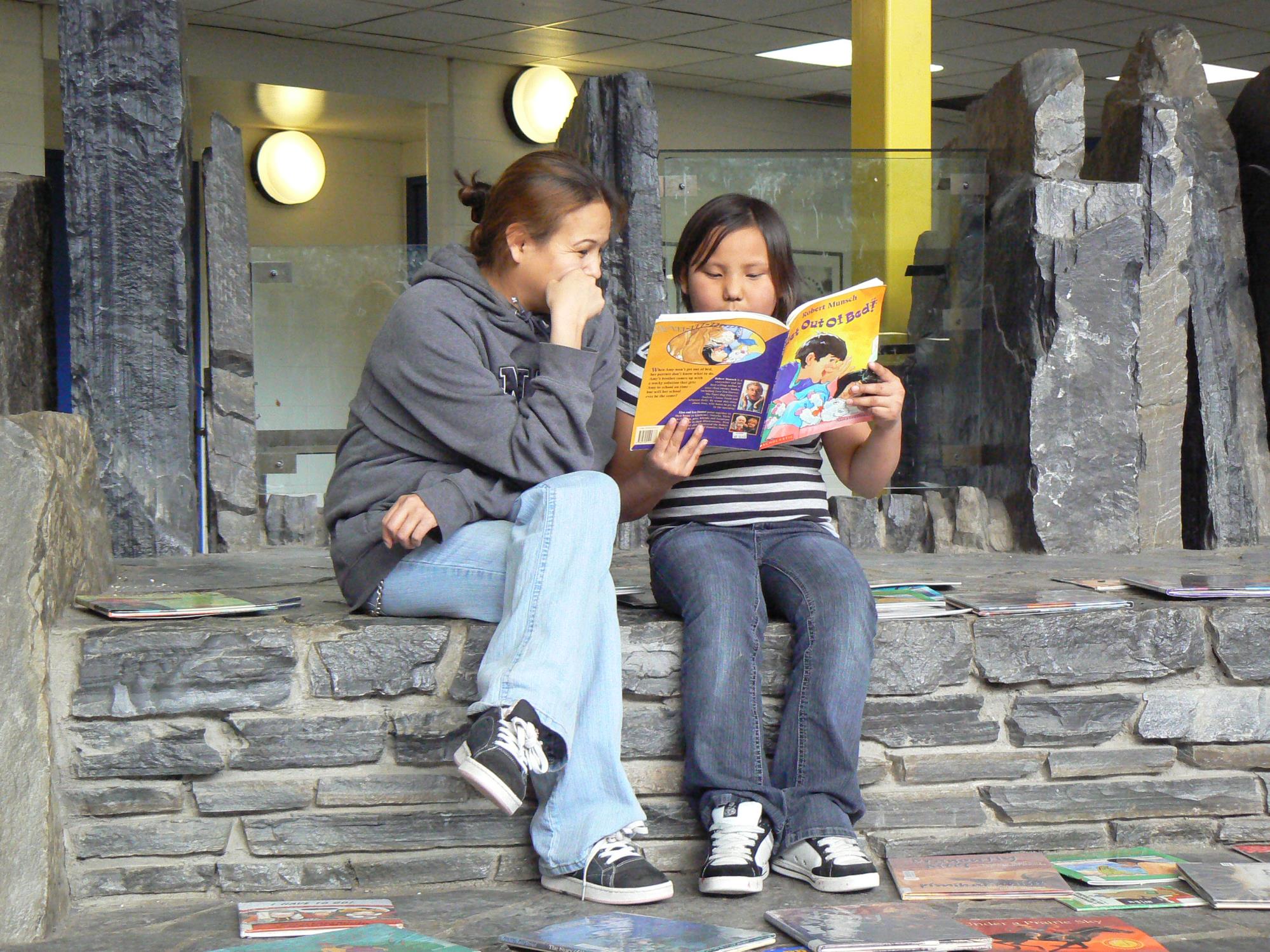School’s out, and it’s summer! The kids are excited, teachers are relieved, and parents are starting to feel a familiar knot in the pit of their stomachs about the change of routine for their kids in summer – especially parents dealing with ADHD kids. Somewhere out there, there are parents who are thinking, “Now what? What do I do with my energetic, mile-a-minute, often scattered kid, all day, every day for the next ten weeks?”
It can seem overwhelming and often daunting. But know you are not alone! I have been listening to parents echo these comments for the past month.
There is good news! Let’s look at how you can pay attention to your kids’ natural rhythm and routine to relieve some stress.
Summer Rhythm and Routine with Kids
The school year often goes more smoothly than summer because of a consistent and predictable daily routine. This routine helps your child regulate and makes your days more peaceful.
Summer’s daily rhythm and routine with kids doesn’t have to include attending a structured camp or program. You can create this rhythm at home. Build a routine that includes regular wake-up times, sequence of activities, eating, bathing and sleeping times. You might want to set goals such as developing a new skill, like coding.
Most kids with ADHD do not cope well with changes in established routines and expectations, so work together with them to build and establish a daily or weekly rhythm as quickly as possible. The sooner you do this, the better it is likely to go.
Timing
Consider your child’s natural biorhythms in creating your daily or weekly rhythm. Children with ADHD often follow a typical pattern of alertness and ability to focus. Alertness throughout the day might come in the following way:
- A long period when they are alert could run from mid-morning to early afternoon.
- A second but lower period of alertness could come in the evening after the dinner hour.
- Other periods of the day can be “low alert” periods. Consider these times when creating a schedule.
- Bigger kids can be more opinionated, so allow for flexibility with them and give them the opportunity to plan out their summer.
What would a day that considers natural rhythm and routine with kids would look?
- A brief “start-up” time in the mornings (especially if your child takes ADHD meds) might include breakfast and reading an age-appropriate magazine or puzzle book.
- Next, schedule activities such as chores or tutoring. The Premack principle suggests using this period of high alertness to tackle chores, tutoring, or other less desirable tasks before the fun and exciting activities. You can use a checklist to help them track their accomplishments.
- In the later morning, plan for engaging in mind and body play such as a bike ride, going to the park or zoo, nature hikes, going to the beach, making sandcastles or sculptures, swimming, or play dates. You can develop themes for each week. This might also be a good time to host group get-togethers.
- Rest time can follow as your child hits a natural lull in their day. Create a “boredom bin” for this downtime. Make activity cards for your child to choose from during downtime. Your child can choose to entertain themselves by using the activities on the card or thinking of alternate choices. The bin or cards help to build initiation and perseverance skills while helping to keep you from being a constant cruise director.
- Late afternoons or early evenings are good for any activity requiring minimal persistence or high natural interest. Movie time, screen time, or video games. Save these activities for after rest time.
- After dinner is great for non-competitive games, walks outside, star gazing or storytelling. Your child might be at a creative peak but has minimal attention, so keep this in mind when devising activities and setting expectations.
- Remember that evening is NOT a good time to schedule a dinner party of mostly adults, and expect your ADHD child to sit quietly and behave at a table.
- Do plan for a screen-free hour before bedtime to allow your child to wind down from the day, read or be read to, and then head to bed. Bedtime routines are important, so ensure you have a visual routine up when they can see it.
Do I hear any sighs of relief? Maybe summer vacation might not be so bad after all! Creating a summer routine with kids takes a little planning and forethought. Keep it visible so everyone can see what is happening and when. You can use a whiteboard or a calendar.
If it still seems daunting, take another deep breath. Find a friend or get an ADHD Coach to help you take the information here and plan out your summer. Remember that the time spent planning will reduce your stress and help set you and your children up for a successful and enjoyable summer.
Laura Godfrey, Certified ADHD Life Coach











